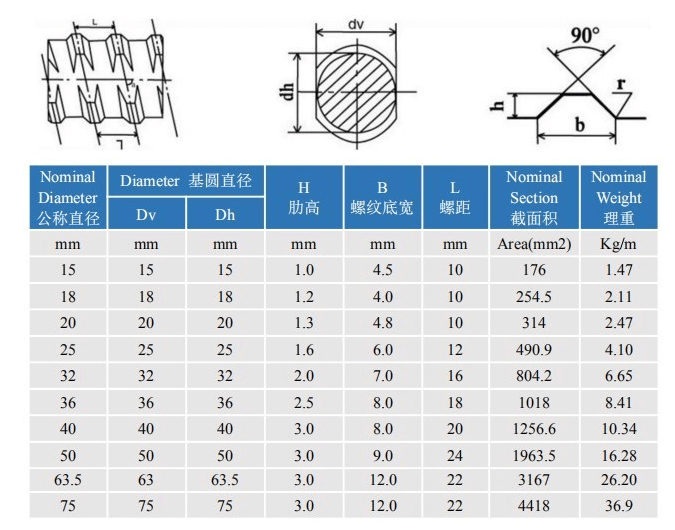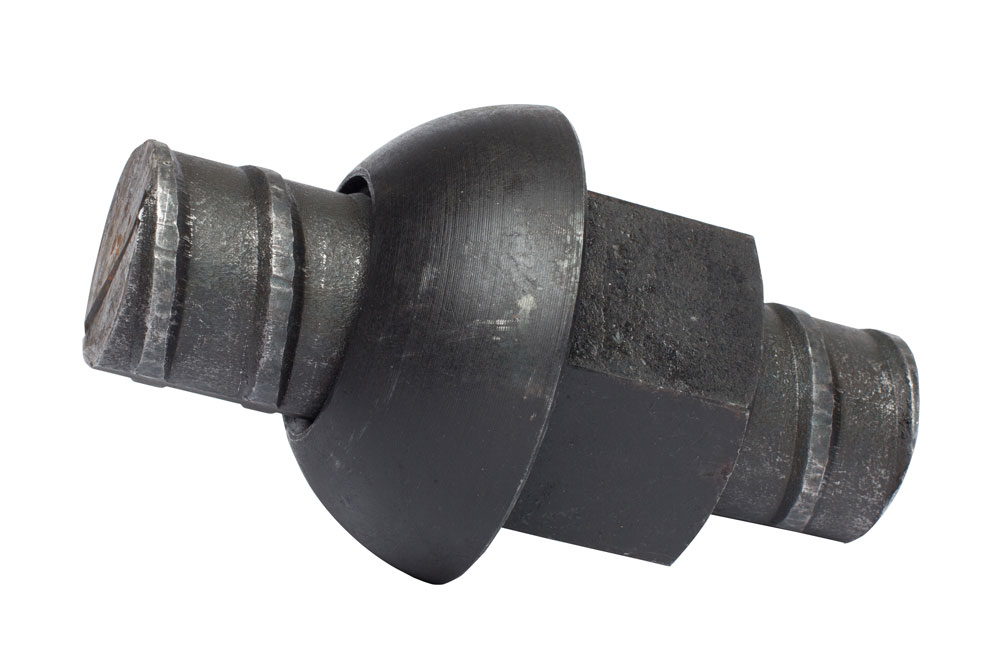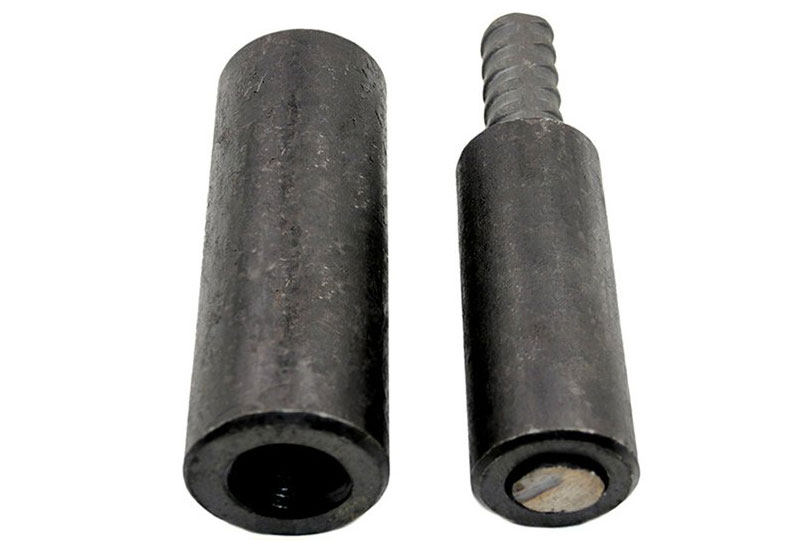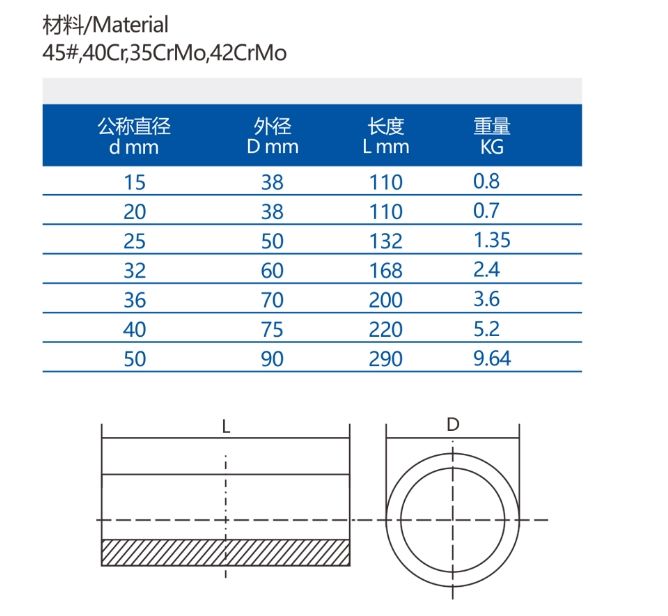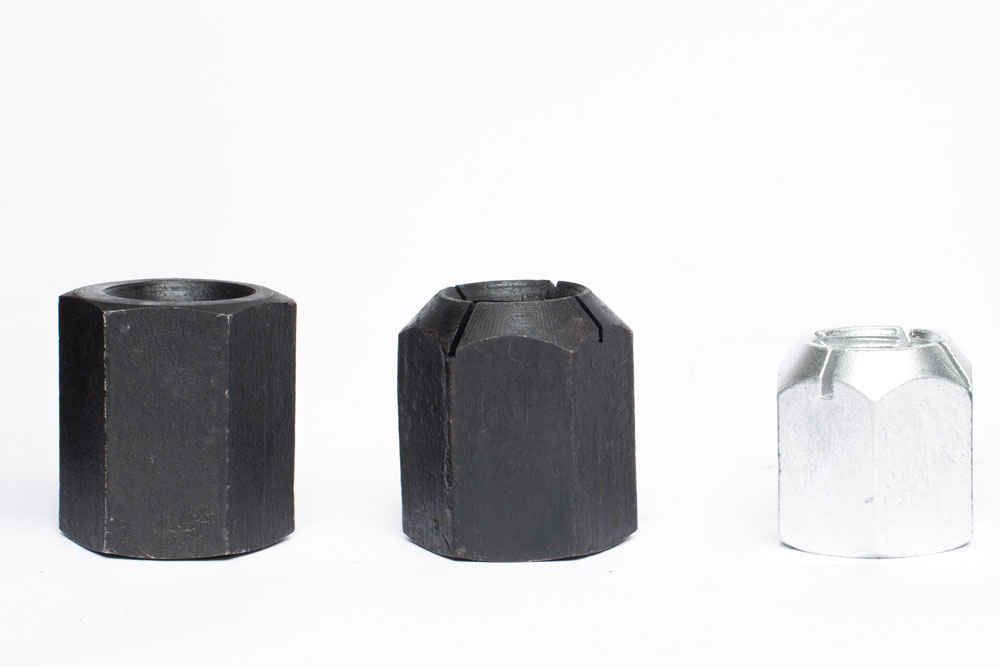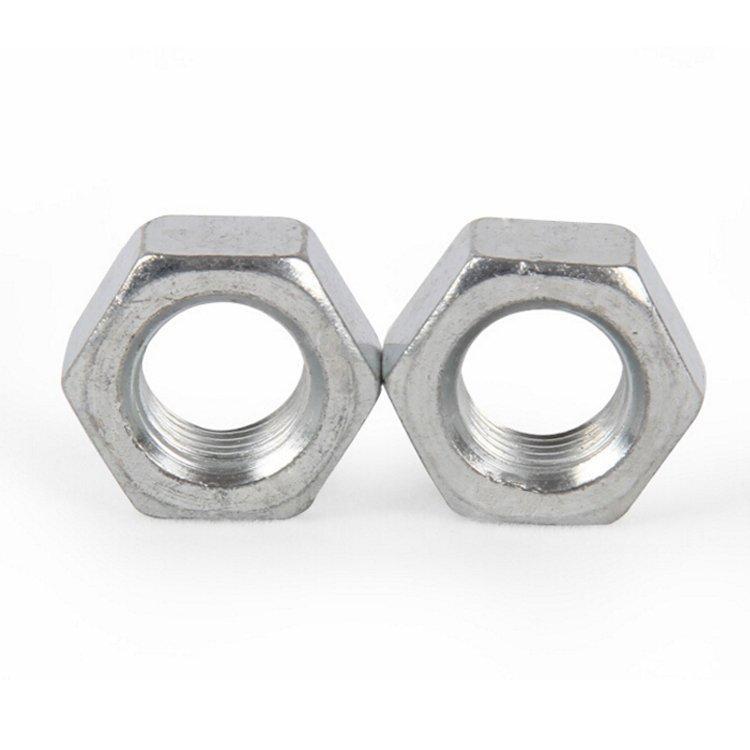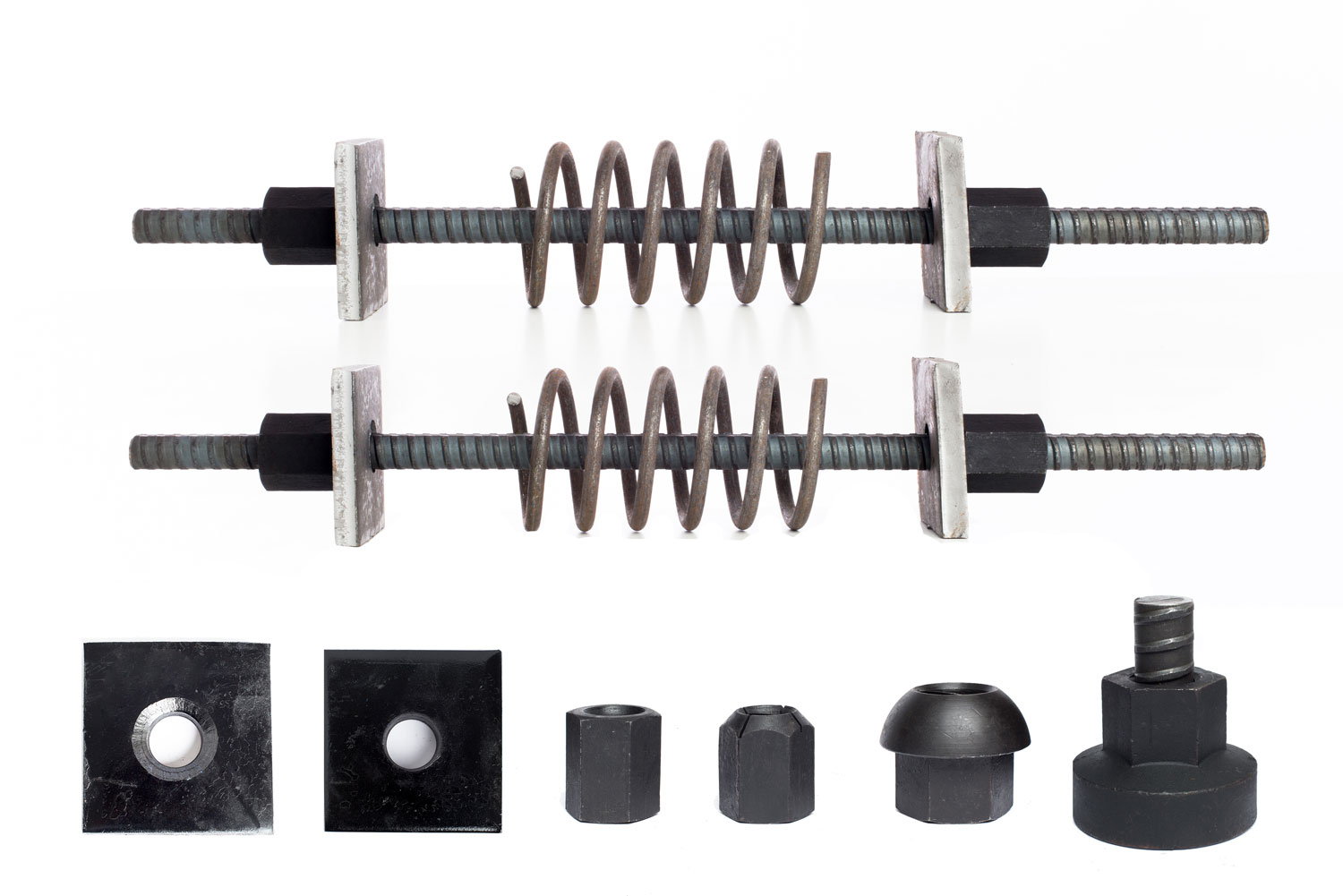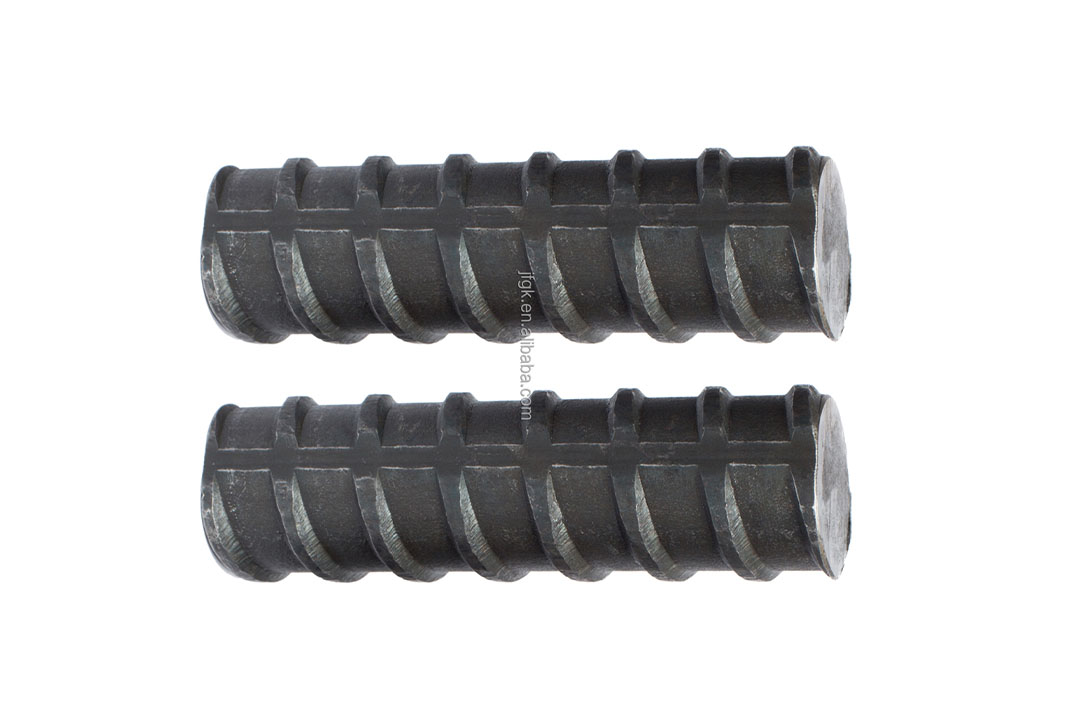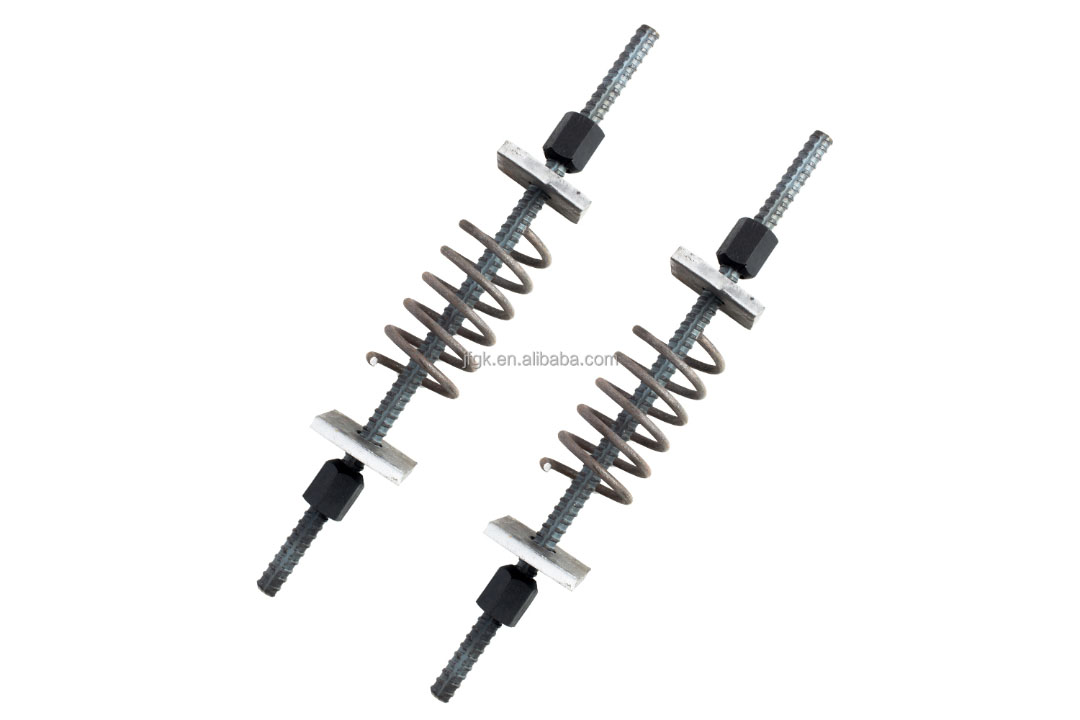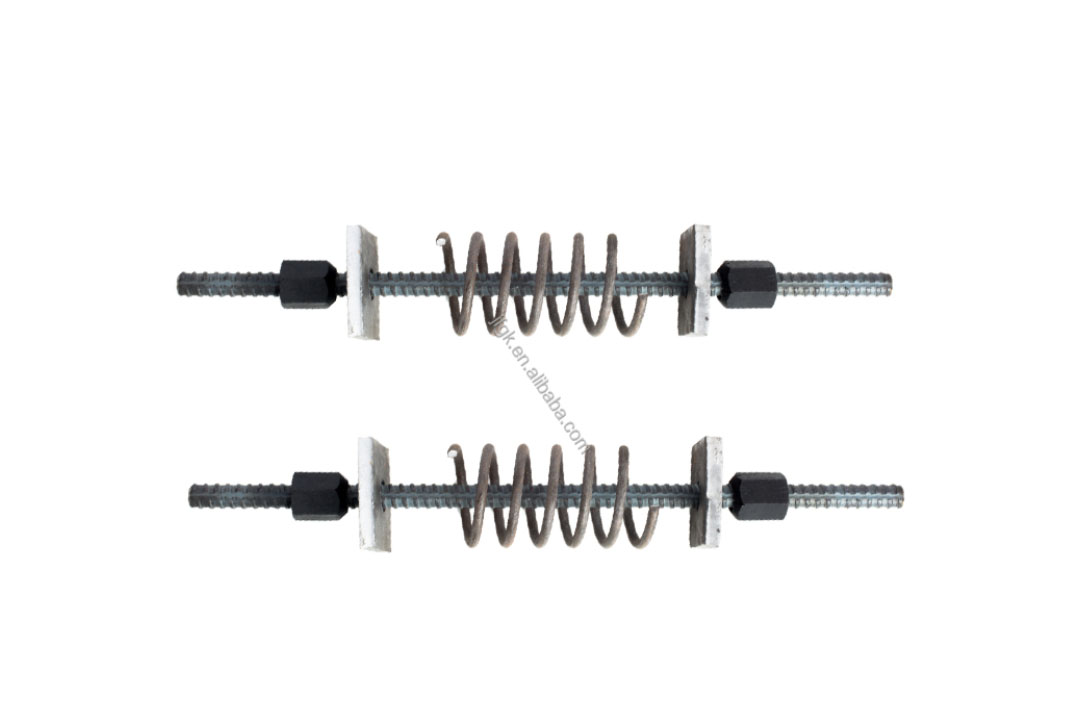Fully threaded rods and fully threaded studs are fasteners that have threads throughout their entire length for fully engaging nuts or other internally threaded components. Threaded rods, also known as fully threaded rods (ATR) or threaded full length rods (TFL), provide high grip and evenly distributed tension when installing and securing components. These fasteners are suitable for a variety of general-purpose applications including electrical, plumbing, maintenance and manufacturing.
Main features
Easy access to the top and bottom of the wall for more efficient installation
cut short for convenience
Available in length increments up to 12'
Available in diameters up to 2"
UNC Class 2A or 1A thread size
Threaded Rod Accessories
Couplers (Tap and Stop)
transition coupler
Hex Nuts (Full Load and Lock Nuts)
Hardened Washers
Bevel washer
bearing plate
turnbuckle
collet
eye lift
Pipes, end caps, centralizers
PTI grade corrosion inhibitor
The following additional corrosion protection options are available for all threaded rods:
Single Corrosion Protection (SCP)
Dual Corrosion Protection (DCP)
Encapsulation: Grease or Grout
epoxy coating
Galvanized
painting
plating
Tape
